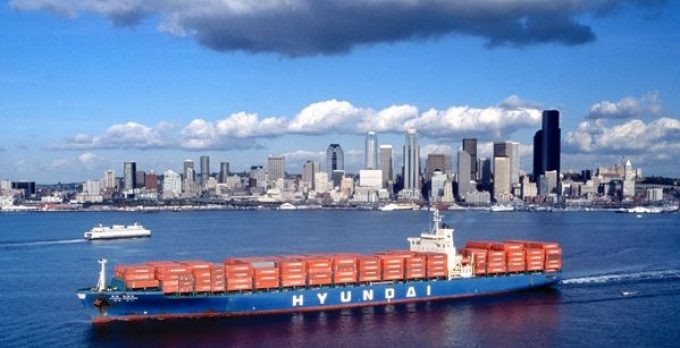Solid results in '24 and a good start to '25, says bullish Hapag-Lloyd CEO
German container shipping line Hapag-Lloyd appears to have slightly lost market share last year, today ...

South Korean flagship carrier HMM has reported a $4.4bn net profit for 2021, compared with just $100m the year before, as sales more than doubled to $11.5bn in the bull market.
The carrier finally returned to the black in Q3 20 after 21 consecutive quarters of losses which brought the shipping line to the brink of bankruptcy.
HMM attributed the outstanding earnings last year to “higher freight rates”, as well as its strategy of deploying mainly scrubber-fitted ships – more than 80% ...
Volcanic disruption at Anchorage could hit transpacific airfreight operations
Macron calls for ‘suspension’ – CMA CGM's $20bn US investment in doubt
Forwarders stay cool as US 'liberation day' tariffs threaten 'global trade war'
Shippers snap up airfreight capacity to US ahead of tariff deadline
De minimis exemption on shipments from China to the US will end in May
Tighter EU import requirements proving 'a challenge' for forwarders
Looming Trump tariffs will create 'a bureaucratic monster' for Customs

Comment on this article